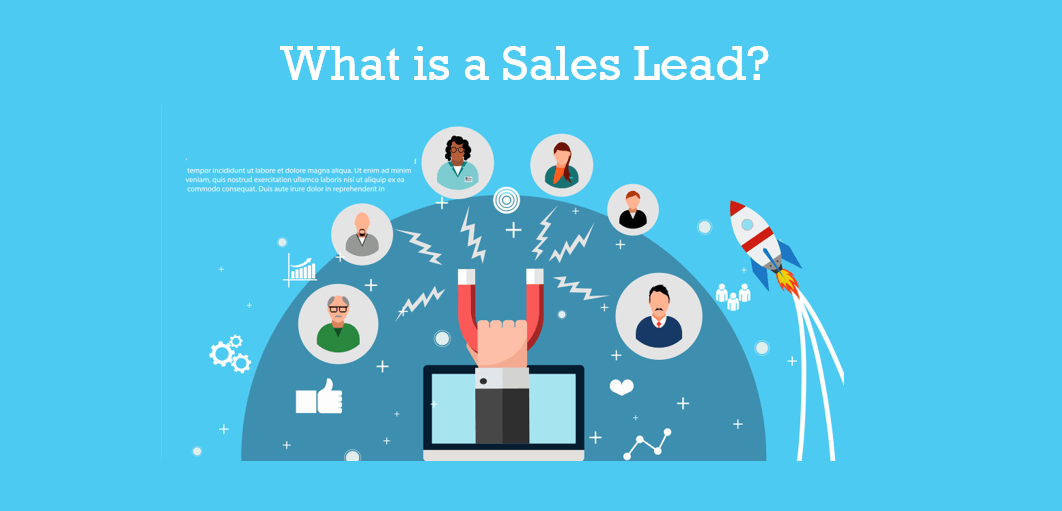We are always trying to sell something in this competitive world. Sometimes, even without realizing it. And we have been doing this for years. Sales has become an integral part of the modern consumer’s life. But what does sales mean to a business? In short: everything. And the basic component that drives sales for a business is a sales lead.
This article aims at dissecting what a sales lead is and how you can bring in an inpour of more leads to your business. To achieve this, you need to thoroughly understand the what, how and why of a sales lead.
Okay, let’s do this one question at a time.
What is a Sales Lead?
First things first! Let’s define the term we are looking at:
A sales lead is any individual or entity that has come in contact with your business with, or sometimes without, the intention to buy from you. They may not immediately be open to making a purchase, but more often than not, they will have a requirement for the product/service you are offering in the future.
To better understand what are leads in sales, it is essential to know that they are individuals who may potentially become customers, regardless of prior interaction with the company. The role of the sales representative is crucial in assessing the interest level of these leads and nurturing relationships to convert them into paying customers.
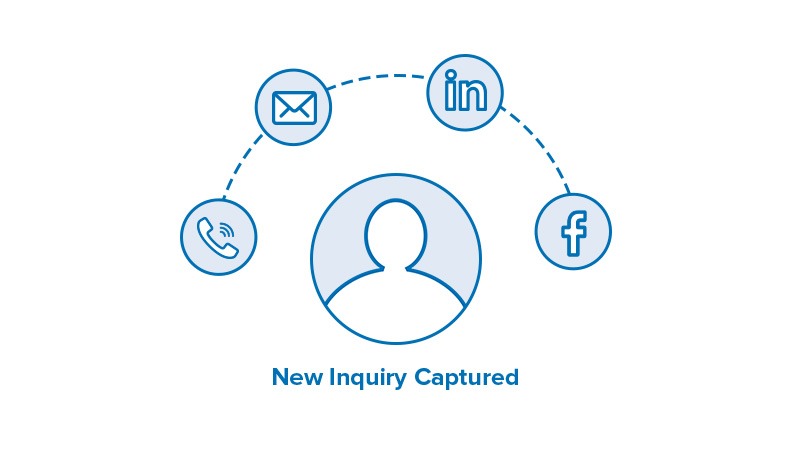
Sales leads are vital to the sales process, and they can be generated through various channels, including web searches, online ads, product or service reviews, colleague recommendations, publications, and TV ads.
Example of a sales lead
There are two cases here, let me illustrate the same using examples. Just assume that you are a travel business that sells holiday packages.
Case 1: A soon-to-be-married couple is looking for good holiday packages for their honeymoon. Your marketing efforts worked and they came across your website. They navigate to it and explore the many domestic and international packages you have to offer them. They place an inquiry for the one that they really like. Your salesperson calls them and in a couple of days, they have purchased a package for themselves.
This is a qualified sales lead with a high propensity to convert and make a quick purchase, as they had an immediate need.
Qualified sales leads are identified through marketing efforts and have a higher likelihood of converting due to specific behaviors or interests. Advancements in technology, such as automated lead scoring, have streamlined the identification of these leads to improve sales efficiency.
Case 2: A young officegoer who has just started earning, comes across your website. Their colleagues and friends post their travel pictures on their social media. With some starry-eyed interest, they go to your website and look at all your holiday packages, dreaming of the day they could also plan a fancy holiday. Your salesperson calls them, but they remain elusive and don’t make a purchase. But you keep sending nurturing emails to them. A few years later, when they have the time and money, they remember you and buy a holiday package from you.
This is a sales lead, who at the first contact, had a low propensity to convert, but eventually did buy from you.
Now, if I had to ask you which lead is more important to your business, you’d probably say case 1. But that’s where many businesses go wrong. No, both leads are important. In the second case, in fact, constantly nurturing the lead helped them remember the business when they really needed it.
Types of Sales Leads
There are several types of sales leads, each with its characteristics and level of readiness to make a purchase. Understanding these types can help you tailor your approach and improve your sales process:
- Cold Leads: These leads have not yet interacted with your company and may not be aware of your product or service. They require more effort to engage and convert.
- Warm Leads: These leads have shown some interest in your product or service but may not be ready to make a purchase. They are more receptive to nurturing efforts.
- Hot Leads: These leads have expressed a strong interest in your product or service and are ready to make a purchase. They are the most likely to convert quickly.
- Information Qualified Leads (IQLs): These leads are seeking information about your product or service but may not be ready to make a purchase. They are in the early stages of the customer journey.
- Marketing Qualified Leads (MQLs): These leads have engaged with your marketing efforts and are considered qualified to receive sales outreach. They have shown a higher level of interest and engagement.
- Sales Qualified Leads (SQLs): These leads have been qualified by the sales team and are considered ready to make a purchase. They have passed through the initial stages of qualification and are now in the final stages of the sales process.
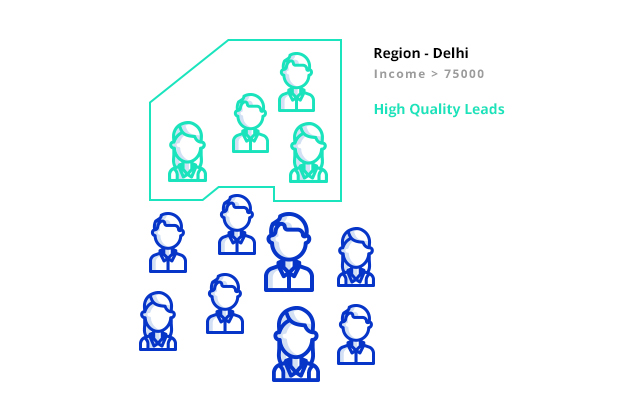
Why is a Sales Lead Important?
Now you know what a sales lead is, the next question is, how important is one for my business. The answer is: very. It would be best if you always got your leads to come to you rather than reaching out blindly. This is what many businesses do wrong when they are starting up. They decide to purchase contact information and call these leads without any insights. But these are not your leads. They are just random phone numbers.
A contact becomes a lead only when they express interest in your business. This could be them reaching out to you via phone or email, or by interacting with your online presence like your website or social media handles. Of course, cold outreach still works. But even then, salespeople do thorough research before they classify them as a lead.
But, when you have a sales lead that comes to you of their own accord, it is easy for you to figure out what they want. If you have the right tool, you can track them as they move down your sales funnel. See the pages they visit, the emails they send and the conversations they have with you. And you will be able to nail their pain points and eventually convert them into your customer.
Remember, a sales qualified lead is the first step to getting customers. It is important to understand the distinction between sales leads vs prospects. While sales leads may have potential, they might not fit your business needs or budget. Prospects, on the other hand, are marketing-qualified or sales-qualified leads who are genuinely interested in purchasing and are ripe for conversion.
How do get sales leads?
Lead generation is the first channel that every business needs to perfect. You have to ensure that the leads know who you are, what you offer and how to find you. Prospects need your solution; they’re also ready to listen and ready to buy. You just need to persuade them to do business with you, using some proven lead generation tips and methods.
Here are some common lead generation methods that will work in getting sales leads into your pipeline. Effective lead-generation activities are crucial to generate sales leads of varying quality for your business.
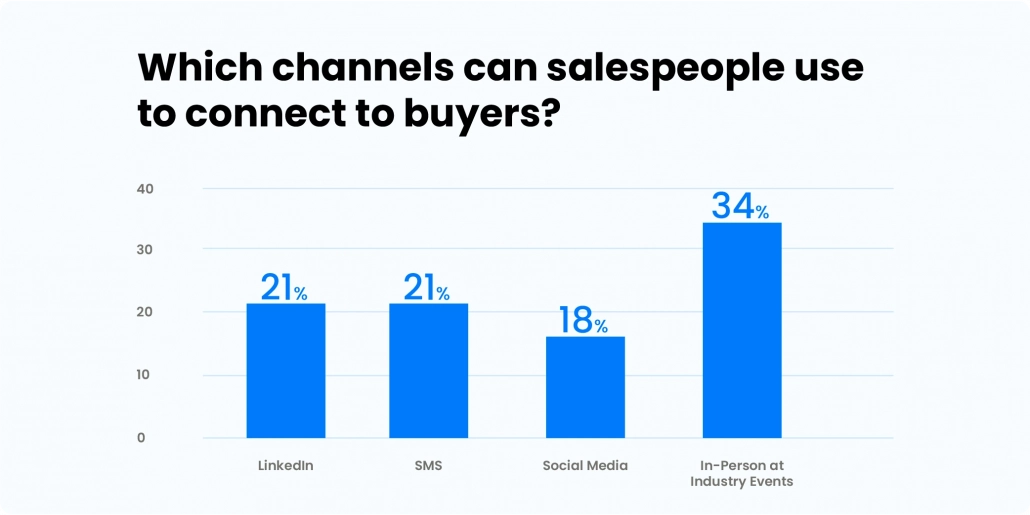
Social media:
Social media:
This is the digital era, where everybody and their family is on social media. Use this to your advantage. You have to develop a good social media strategy before going to town. Find out where your target audience is. If you are selling a consumer product, more often than not, platforms like Facebook and Instagram will be your best bet. But, if you are selling an industrial product, then you should be on LinkedIn where your buyers would also be present.

Post relevant articles or posts on these platforms to capture the attention of your potential prospects. Ensure that your message is eye-catching without ever coming across as spammy. The marketing department plays a key role in lead generation by evaluating and ranking leads based on their position in the sales funnel. Establish a strategic social media presence.
PPC campaigns:
Google AdWords is the bread and butter of most businesses in terms of getting more traffic. Especially if you’re in a software business, Google Ads can help you bring warm leads. You can also run relevant campaigns that ensure that your business comes on top when your prospects search for keywords relevant to you. There are many good ways in which you can optimize your ads for more visibility.
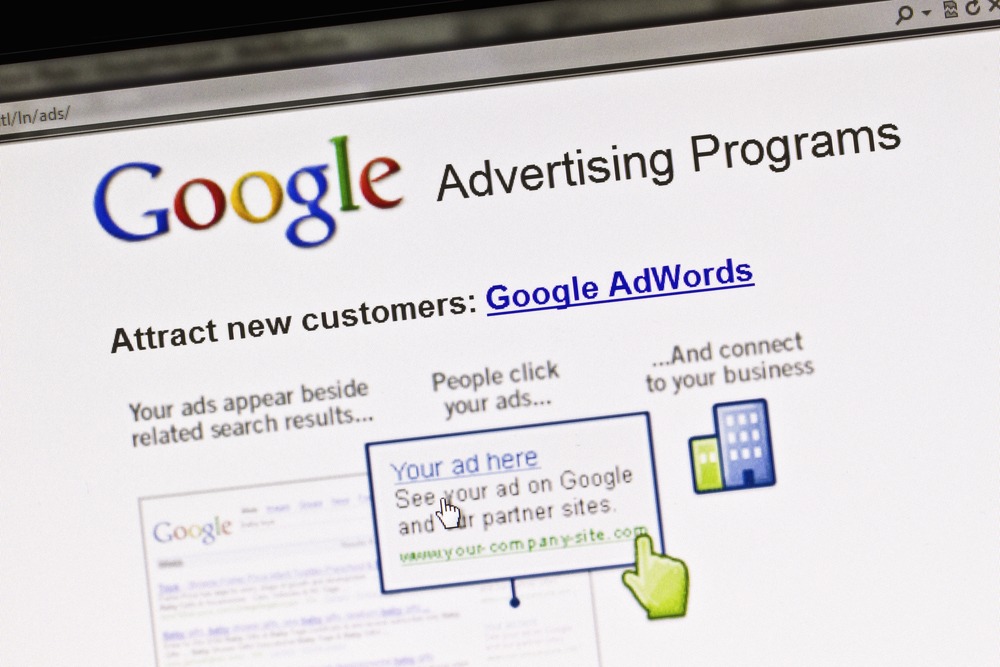
Not just AdWords, social media platforms like Facebook, Instagram, Twitter, and LinkedIn also offers options to run paid ads. These platforms are rich in information on your leads such as their demography, their educational qualifications, and their interests. They come with targeting options that you can use to create and reach the right audience for your business. Don’t forget YouTube, which has worked well for many businesses in terms of generating sales leads as well.
Search engine marketing:
Writing articles for search engines never gets old. Make a list of the best keywords that make sense for your business. Then start writing, as much as you can. In fact, this may be the cheapest way you have of generating leads with long-term returns.
Not just AdWords, social media platforms like Facebook, Instagram, Twitter, and LinkedIn also offers options to run paid ads. These platforms are rich in information on your leads such as their demography, their educational qualifications, and their interests. They come with targeting options that you can use to create and reach the right audience for your business. Don’t forget YouTube, which has worked well for many businesses in terms of generating leads as well.

When your article ranks for the right keyword, it will bring in a steady flow of leads who visit your page. Just ensure that these articles have a good CTA at the end so that you can ensure they take some appropriate action. This could be things such as leaving an inquiry, or signing up for a free trial, or requesting a demo. This way you’ll be able to encourage them to take the next step.
Webinars or podcasts
Now, this is a very effective way of generating good leads. Find out the topics that your audience will find interesting and get people to speak for you. Webinars provide potential buyers with the educational content they need to further their professional development. Do everything you can to pique the interest of attendees so they’re intrigued enough to learn more. Host educational webinars. If you do it right it can be a real game changer for you in terms of lead capture.
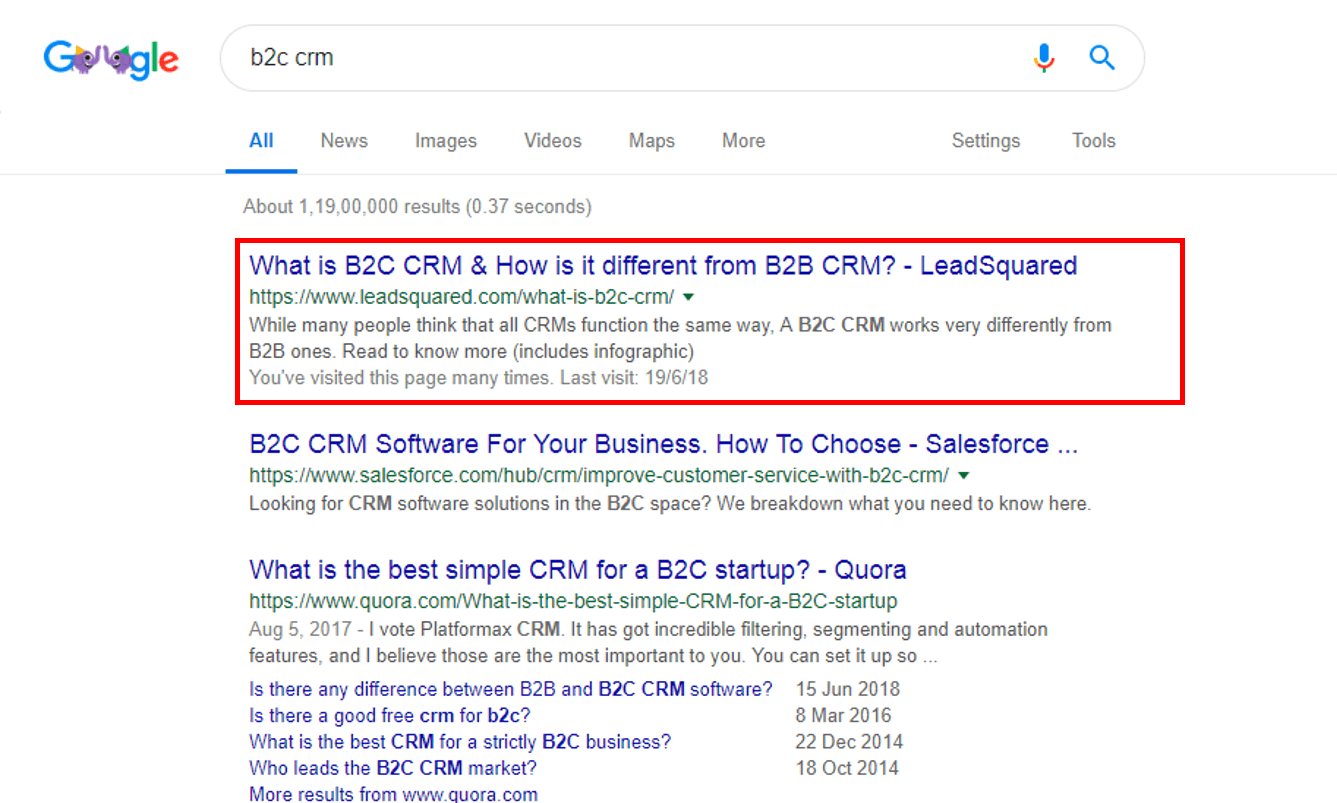
As most of these webinars and podcasts require you to register for them, you can ensure that the lead has to enter their contact details to join. Additionally, you can convert the live podcasts or webinars into videos and then get people to register to access them.
To maximize your efforts, collaborate with various departments to create engaging content, promote your events effectively, and follow up with attendees to convert them into sales leads.
Networking events:
There are usually many events that are conducted by big players in each industry. Find out the ones that are relevant to you and attend industry events. If you can, then you can even put up stalls in these events and distribute promotional brochures, or educational manuals for your business.

Since the people who usually come to these events or meets are actually looking for the kind of product/service that you provide, this ensures that the leads you collect are relevant. It gives a good boost to your lead generation efforts.
Sales reps can leverage these networking events to generate valuable sales leads. Effective lead management processes are crucial for distributing these leads to sales reps, enabling them to meet their targets and close deals.
How Do You Convert Sales Leads?
Okay, so you know what a sales lead is, why you need it, and how to collect it. What’s left? It’s not enough to keep collecting them, you need to ensure that they eventually become your paying customer. Because that’s the whole point, right? Sales.
To do this right, you have to get yourself a tool that helps you track, manage, nurture and finally convert your leads. Ideally, you should invest in a good sales execution platform before you start capturing leads. Here are just some of the features that you should look for in your platform before making the purchase.
- Lead capture automation
- Lead distribution
- Lead nurturing
- Lead management
- Sales management
- Sales and marketing analytics
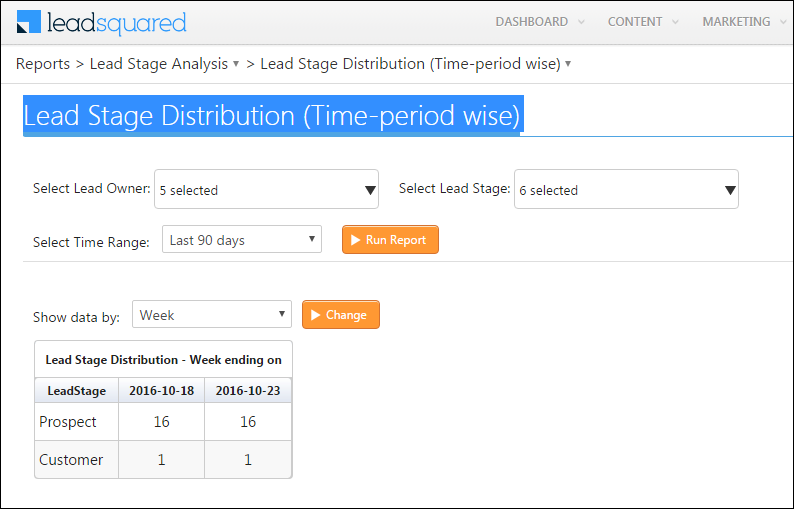
Now, these features will help you track your leads as they travel down the sales pipeline from capture to conversion. You can automatically distribute the leads to your sales team based on factors, such as geography, interest, product or just round-robin. You can also segment them into lists and send nurturing campaigns to ensure that you are on the top of their mind.
In addition, you can also keep a check on your team as they go about trying to convert your leads. Detailed reports help you measure your work and figure out what is working for you vs what is not.
Using a CRM to Improve Your Sales Process
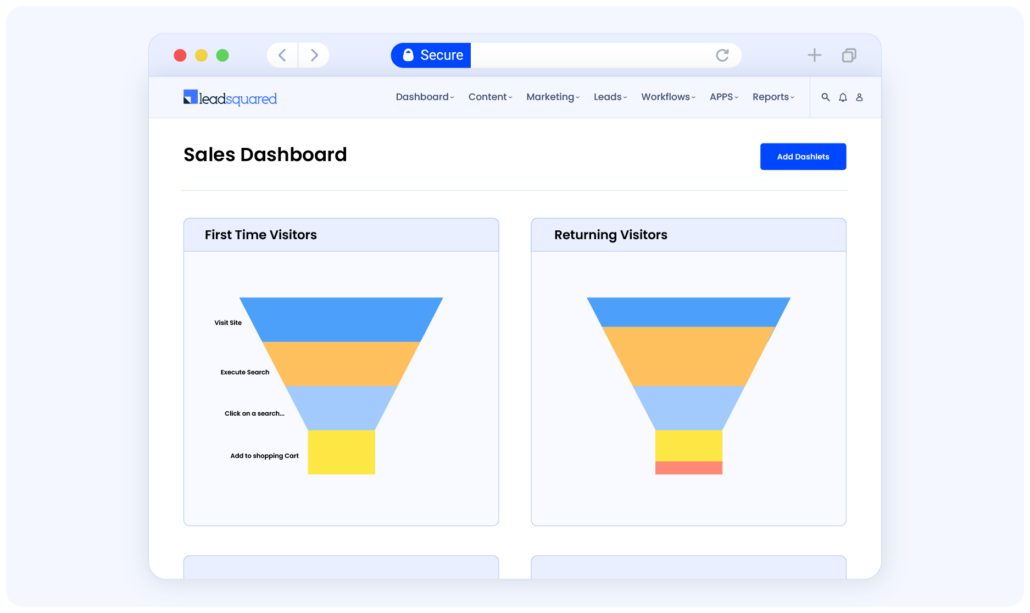
A Customer Relationship Management (CRM) system is essential for managing and engaging with potential customers. A CRM tool enables you to track, manage, and engage with potential customers, automate lead scoring, make calls, send emails, and schedule meetings all in one place. By using a CRM, you can improve your sales process by:
- Automating Lead Scoring and Qualification: Automatically score and qualify leads based on their interactions and engagement with your business. This helps prioritize leads that are more likely to convert.
- Providing a Centralized Platform for Sales Teams to Collaborate and Share Information: A CRM allows sales teams to access and share information about leads, improving collaboration and efficiency.
- Tracking and Managing Leads Throughout the Sales Cycle: Keep track of leads as they move through the sales pipeline, ensuring no lead falls through the cracks.
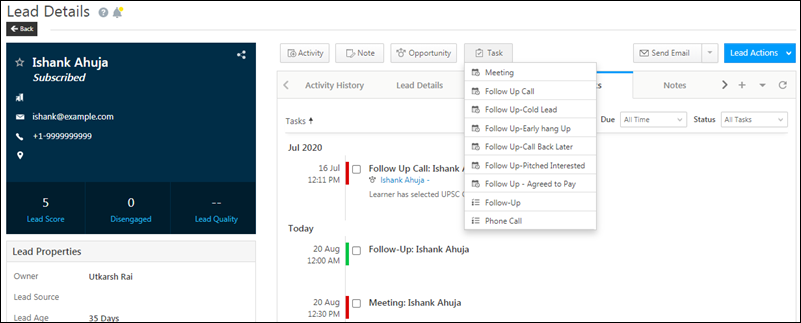
- Analyzing Sales Data to Identify Trends and Areas for Improvement: Use CRM analytics to gain insights into your sales process, identify trends, and make data-driven decisions to improve performance.
- Personalizing Customer Interactions and Improving Customer Satisfaction: A CRM helps you personalize interactions with leads and customers, improving their experience and increasing the likelihood of conversion.
By implementing a CRM and understanding the different types of sales leads, you can improve your sales process, maximize sales lead generation efforts, and increase conversions.
There you go! Now you know everything there is to know about a sales lead. If you too are looking for a good sales execution tool to convert your leads, then get in touch with our team.
FAQs
A sales lead is someone who has contacted your business but may not convert into a customer. Whereas, a prospect is a lead that has been qualified with the intent to buy and is more likely to convert into a customer.
Managing sales leads is extremely important if you want to increase your chances of conversions. It involves lead capture, lead distribution, tracking lead activity, reporting, and a lot more. You can automate sales lead management using a CRM such as LeadSquared.





